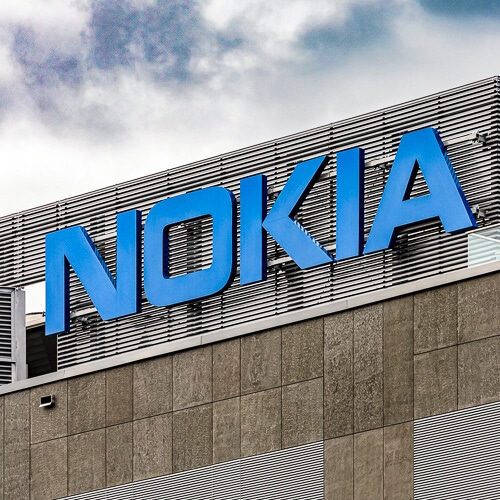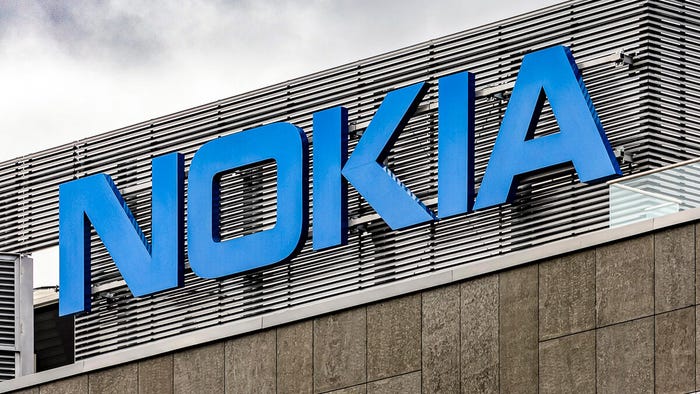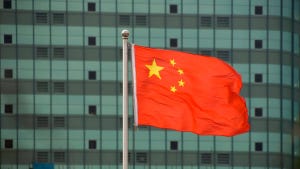
As part of its push to become more open RAN friendly, and to try and give further reassurance to its telco customers that it's not a dyed-in-the‑wool "monolithic vendor," Nokia has launched a new – and O-RAN compliant – service enablement platform (SEP).
Aimed at ticking all the right boxes for forward-thinking communications service providers (CSPs), the new SEP has a bagful of features, including Nokia's RAN intelligent controller (RIC) xApps.
These are a suite of plugins essentially designed to give CSPs "advanced control" of 5G radio network use cases. It includes an "AI/ML-based optimization algorithm" that purportedly improves the efficiency of traffic distribution in the RAN. In keeping with the "open" ethos, however, Nokia’s new SEP supports third-party xApps.
Figure 1:  Open to the idea: Nokia has launched a new O-RAN compliant service enablement platform (SEP). (Source: Paweł Czerwiński on Unsplash)
Open to the idea: Nokia has launched a new O-RAN compliant service enablement platform (SEP). (Source: Paweł Czerwiński on Unsplash)
The Finnish supplier further claimed it was the first to combine near-real-time RIC and multi-access edge computing together on a single platform – which can apparently be adapted for specific CSP or enterprise requirements – and that the SEP was also the "first commercial solution to deliver radio network programmability and AI/ML innovation across the open RAN ecosystem."
Daryl Schoolar, practice leader for service provider networks at Omdia, a Light Reading sister company, thought the SEP launch "reinforced Nokia's firm commitment to O-RAN and open RAN solutions."
Open to O-RAN
Nokia has arguably shown more enthusiasm for open RAN than Nordic rival Ericsson, which the SEP launch demonstrates.
Huawei, which makes up the "big three" RAN suppliers alongside the Scandinavian duo, is hardly worth mentioning in this context. The Chinese supplier company has conspicuously dragged its heels when it comes to the nascent tech.
Want to know more about open RAN? Check out our dedicated open RAN channel here on Light Reading.
Pekka Lundmark, Nokia's new boss, has even named open RAN as one of his priorities, albeit with an eye on the longer term. "It is coming but not a needle mover in the short term," he recently told analysts.
Research firm Dell'Oro Group has forecast open RAN revenues to grow at double-digit rates over the next six years with cumulative investments – including hardware, software and firmware (excluding services) – projected to approach $10 billion over the 2020 to 2025 forecast period.
Dell'Oro expects open RAN to account for less than 5% of the 2020 to 2025 RAN market, on a cumulative basis, and says it will have a 10% share of total spend in 2025.
Related posts:
— Ken Wieland, contributing editor, special to Light Reading
Read more about:
EuropeAbout the Author(s)
You May Also Like











